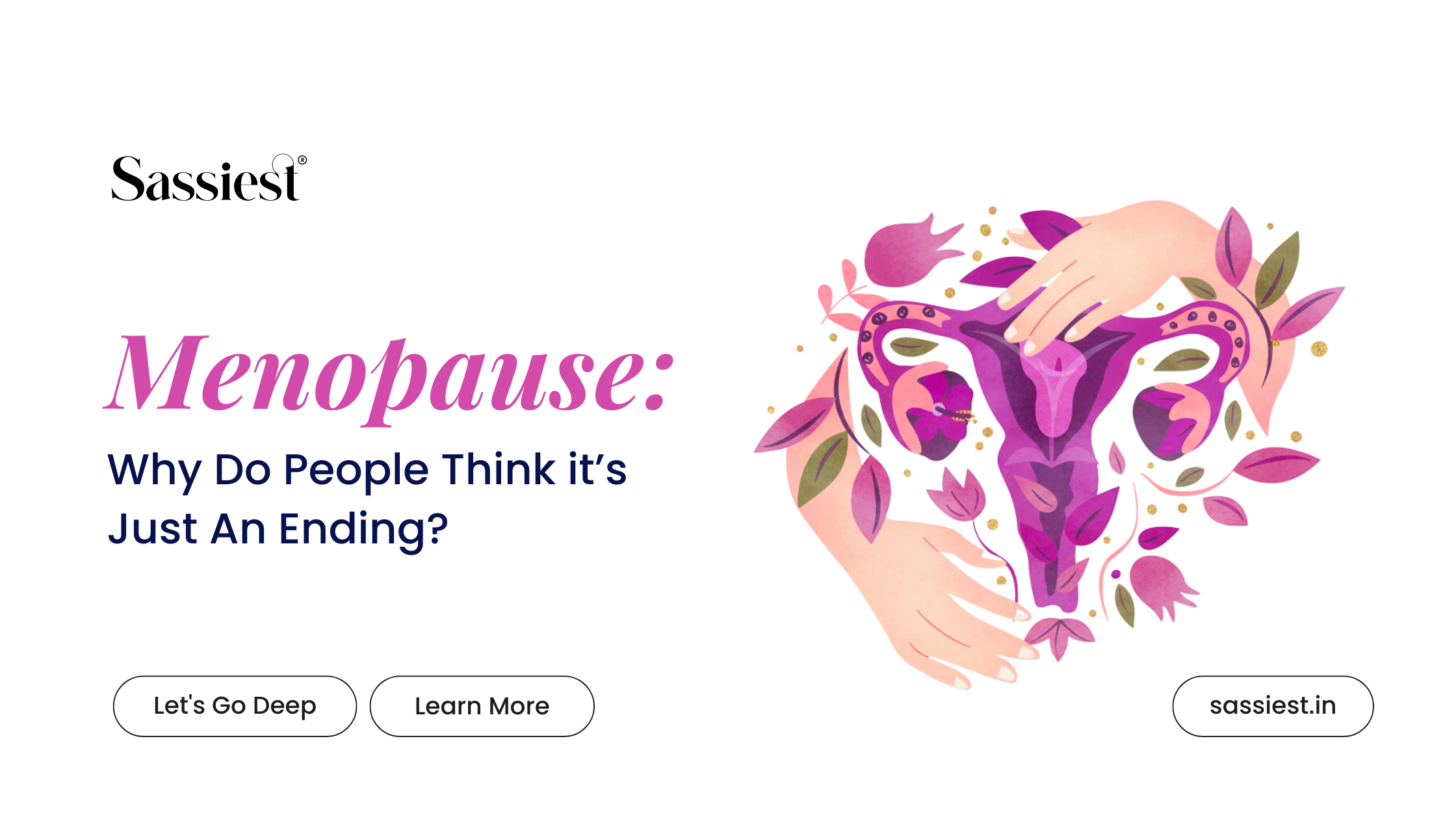Here’s a question that should make everyone uncomfortable. Do women actually spend more money just to feel safe? The short answer is yes. The long answer is a mix of lower pay, higher hidden costs, and a world that still treats safety as a luxury for women instead of a right.
Recently, finance creator Udayan Mukherjee broke it down in numbers. And those numbers hit hard. His example showed that a woman in India could lose around ₹5.23 crore in lifetime wealth. Not because she worked less or spent recklessly, but because she had to pay extra to feel secure and got paid less at every step. Let’s unpack that.

It starts with a smaller paycheck
A man starts his career at ₹50,000 a month. A woman, in the same role, starts at ₹45,000. That 10% gap doesn’t sound like much at first, but it’s the first domino that starts the entire chain.
Over the years, men tend to get slightly higher hikes too. Even a 1% difference, compounded over decades, adds up. By the time she’s 55, a woman may have lost around ₹1.7 crore in earnings compared to a man who started with her. That’s before you even add the rest of the invisible taxes.

Then comes the “Safety Premium”
Most women don’t think of it as a tax, but that’s exactly what it is. Choosing a safer route to work. Paying more for cabs instead of buses. Moving into a more expensive neighbourhood because it feels safer. Getting home before dark. Paying for pepper spray or self-defence classes.
It’s endless. A Delhi-based study found that women spend almost 7% of their annual income on travel safety alone. That’s a massive cost just to exist in public without fear.

The invisible price of “pink”
There’s also the pink tax. Women’s razors, deodorants, body wash, all priced higher than men’s versions even though they do the same job.
Add in beauty standards that still expect women to “look presentable,” and you’re spending thousands more each year just to be seen as professional. None of this is optional. It’s the cost of being taken seriously in spaces designed by and for men.

The pause that costs crores
Then there’s the career break. Three years off between 30 and 32 is common, often for caregiving or safety reasons. Sometimes it’s because returning late from work just isn’t safe or sustainable.
That short break doesn’t just pause a career. It pauses increments, promotions, and compounding savings. Udayan’s math puts that loss at roughly ₹1.36 crore.
All of it adds up
By the time she’s 55, the total wealth gap can reach ₹5.23 crore. That’s the combined cost of lower pay, slower raises, safety premiums, pink taxes, and career breaks. It’s the cost of being a woman in a world that wasn’t built to protect her.
And the worst part? Most of this loss goes unnoticed because it’s normalized. So, what can we do about it? Start by calling it what it is. A safety tax. A pink tax. A gap that exists not because women are less ambitious, but because they’re forced to play life on hard mode. We also need to talk about money more openly. Investing, saving early, asking for raises, and saying no to unsafe work conditions aren’t small acts. They’re survival skills.
And while individual choices matter, the real change comes when we stop accepting fear and inequality as “just how things are.” Women shouldn’t have to pay more to exist safely. Until that changes, every conversation, every demand for fair pay, and every woman who takes control of her money is a small rebellion against that ₹5-crore price tag.





